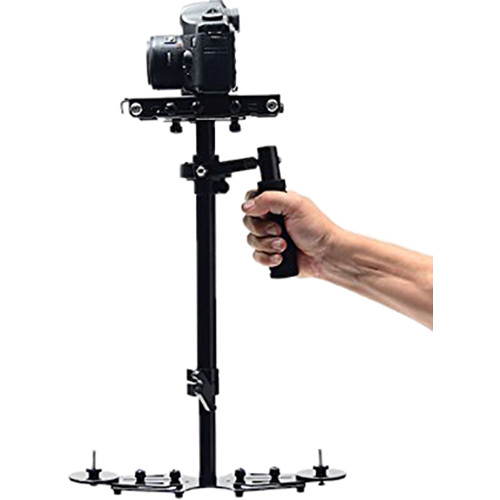Hello everyone, after a long pause for professional reasons, I am back here and very happy to publish articles with a lot of audiovisual information, both in photography and cinematography, and from this return, I will start presenting a series of articles on Image Stabilization In this first article of the series, I will explain a little about the origin of the image stabilizers. Gimbal? That many people refer only to an image stabilizer that can be used with a camera or smartphone, but it is more than that and has been present in several areas for a long time. To give you an idea, the first gimbals appeared in Greece. China around 200 to 300 BC.
But well, simplifying the gimbal is nothing more and nothing less than an articulated support that allows the rotation of an object around a single axis.
- The gimbal has been used by humans for a long time.
- You will find it in compasses.
- Ships.
- Planes.
- Rockets.
- Precision instruments.
- Etc.
- In short.
- It was already present in our lives long before it became a coveted camera accessory.
Cardan has also been present in the film industry for a long time, its presence can be found in the pioneering image stabilization system created by Garrett Brown in 1975, I mean steadicam.
On the remote gyro heads used in the figures
Steadicam is a precursor and a reference in image stabilization. From there all the image stabilizers we know today were born, in drones, stabilizers for DSLR cameras and smartphones. And because of this support, the “gimbal”, this image stabilizer has inherited this name!
In the next article I will start with mobile phone stabilizers, in particular, I introduce a model that I received from eMania, the?Zhiyun Smooth Q ?. I did a great review where I present its main functions, explains the importance of a stabilizer that has 3 axes and what are the situations to use its 3 operating modes.
Until the next post!
Long live, everybody!
Fernando Rozzo

